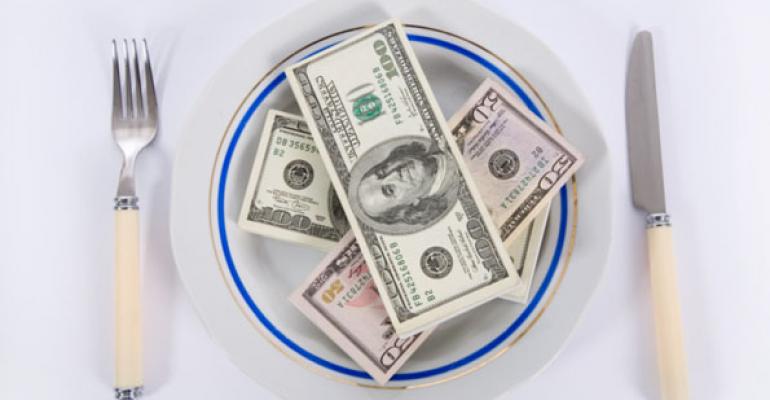Quality, freshness and choice—in that order—trump price as key indicators of value for many restaurant customers, according to research by the NPD Group.
Two of the largest consumer segments—which NPD designates as “foodies” (34 percent of consumers) and “restaurant regulars” (24 percent) are more concerned about quality and freshness than about price and deals. Those priorities are a big factor driving demand in the fast-casual segment.
“Fast-casual (concepts) get such high ratings in terms of customer satisfaction and quality and freshness of food,” says Bonnie Riggs, NPD’s restaurant industry analyst. “That’s because customers go to the counter and know something is being prepared for them and not sitting under a heat lamp.”
“People say, ‘I want to see it being prepared or know it’s being prepared now,’” Riggs adds.
NPD research into the ebbing demand for combo meals also suggests that diners from all demographic groups prefer to create their own combos, not stick to a predetermined package of menu items. “Consumers want more options. Some want a two-item meal, some want three items, some want other options besides fries.”
Riggs says choice is the key. “Consumers are in the driver’s seat, and what is in the marketplace positioned as a deal is no longer perceived as a deal.” While many value menus still appeal to consumers on a budget, she adds, “for most it’s not about the cheapest price. Their definition of value is quality first and foremost, then freshness. They want good-tasting food at reasonable and affordable prices.
“You could have something that’s $1, but if it doesn’t taste good, it’s not worth a dollar,” Riggs adds.
How can restaurants convey the quality/fresh message?
It’s all about positioning, Riggs says. A menu that mentions fresh ingredients that resonate with consumers is a start. But Riggs advises caution.
“Restaurants have to be careful about how they position items and the words they use. If they use too many words, like ‘organic,’ ‘free range’ and other buzzwords, consumers are going to think that it’s not going to taste good. It goes back to the low-fat craze of the 1980s, when everybody was eating low-fat and still putting on weight.”
NPD divides restaurant customers into five groups:
• Deal hunters (13 percent) are driven by low prices and regularly use coupons.
• Budget-conscious explorers (12 percent) choose restaurants based on deals and are least loyal; they value BOGO and other promotions over quality.
• Big eaters (17 percent) look for large portions, buffet-style and platters.
• Foodies (34 percent) look for amenities such as a pleasant atmosphere, good service, healthy offerings and fresh foods.
• Restaurant regulars (24 percent) always go to the same affordable restaurants and are the least interested in new or exotic foods.





